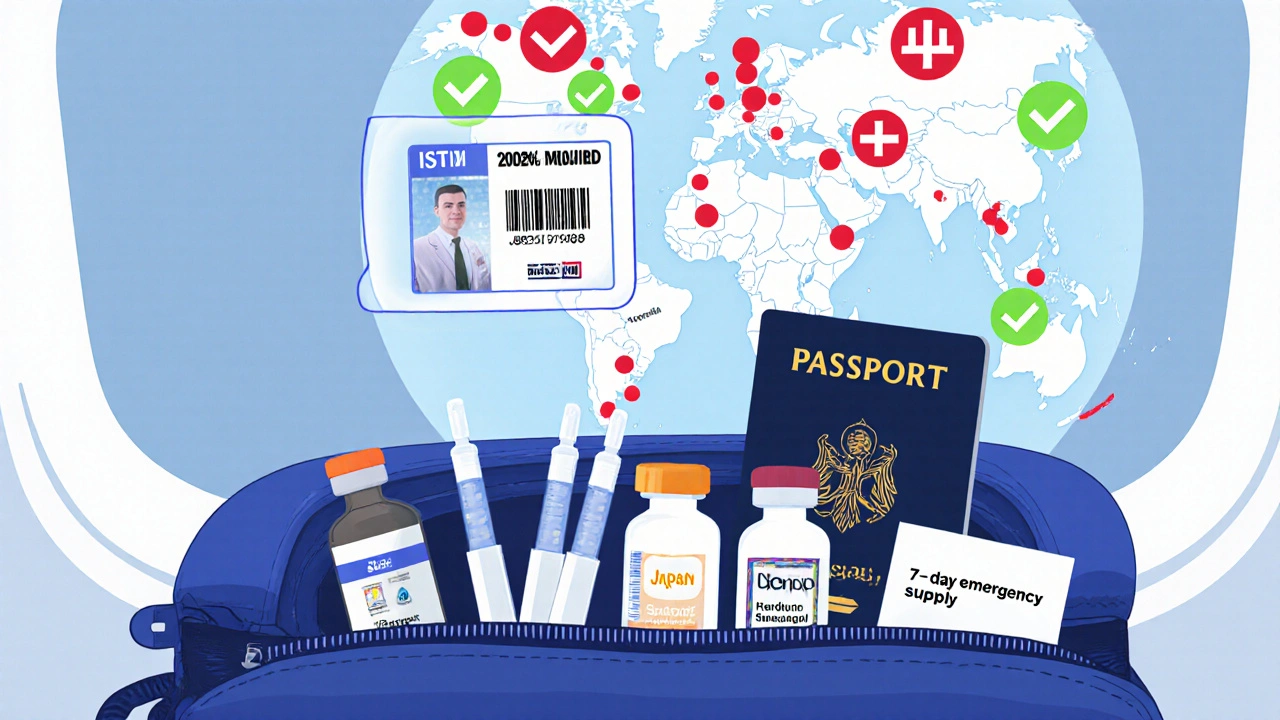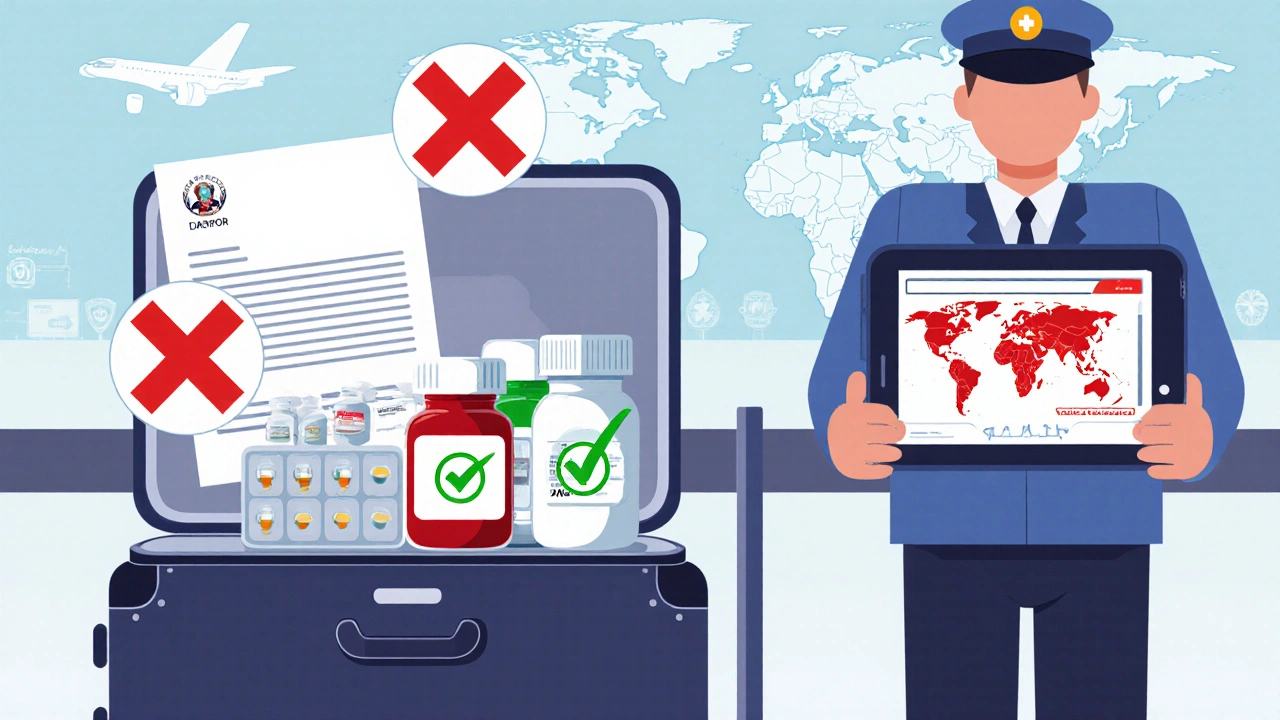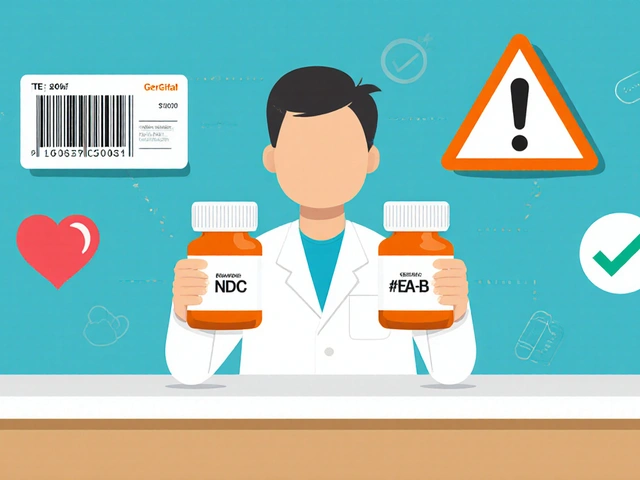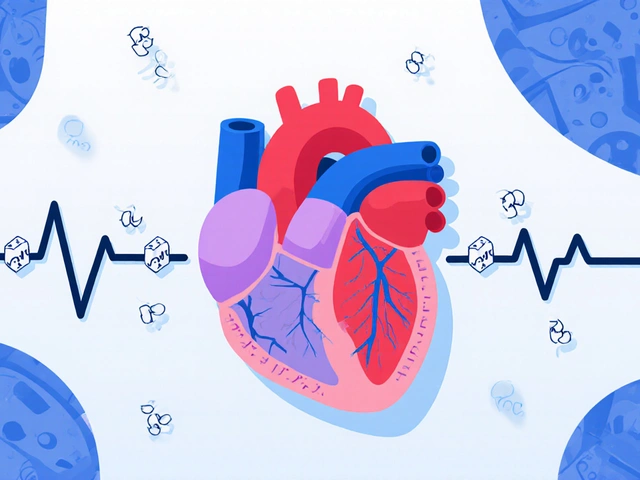Bringing Medications Across Borders Isn’t as Simple as Packing a Pill Bottle
You’ve got your passport, your boarding pass, your sunscreen. But what about your meds? If you’re flying overseas with prescriptions-especially for anxiety, ADHD, pain, or diabetes-you could be walking into a legal minefield. In 2025, customs rules for medications have gotten tighter, more confusing, and more unpredictable than ever. What’s legal in the U.S. might be banned in Thailand. What’s allowed in Canada could trigger a customs seizure in Japan. And that little bottle of Xanax in your carry-on? It might get confiscated, even if you have a valid prescription.
The truth is, there’s no global standard. Every country sets its own rules. And in 2025, those rules are changing fast. The U.S. just suspended the $800 de minimis threshold for all medication shipments, meaning even small packages of pills are now subject to customs inspections, fees, and delays. At the same time, countries like Australia, Singapore, and the UAE have cracked down hard on benzodiazepines and stimulants. If you’re not prepared, you could face fines, detention, or worse.
What You Can and Can’t Bring-The Big 5 Rules
Forget vague advice like “just bring your prescription.” You need hard facts. Here’s what actually matters in 2025:
- 90-day limit for personal use in the U.S. If you’re entering the U.S. with medication, you can bring no more than a 90-day supply for personal use. This applies to both carried and shipped items. Anything more requires special FDA approval.
- Controlled substances need pre-approval If your meds are on the DEA’s list-like oxycodone, Adderall, Xanax, or Valium-you need prior authorization from the DEA. In 2024, they approved 78.3% of requests, but you must apply weeks in advance. No exceptions.
- Original containers only Never transfer pills to a pill organizer unless you’re carrying the original bottle with you. TSA and customs require the pharmacy label with your name, drug name, and doctor’s info. A photo of the label isn’t enough if you’re questioned at the border.
- Translation is mandatory in 78 countries If your prescription isn’t in English or the local language, it’s not valid. Countries like Japan, South Korea, and Germany require official translations. Your doctor’s letter must also be translated.
- No shipments under $800 anymore As of August 29, 2025, all medication packages entering the U.S. are subject to customs processing, regardless of value. That means your monthly refill shipped from Canada? It could take 5-7 days to clear and cost $20-$50 in fees.
Which Medications Are Most Likely to Get Confiscated?
Not all pills are treated the same. Some are routine. Others are treated like contraband. Based on 2024-2025 data from the CDC and INCB, these are the top 5 troublemakers:
- Adderall and Ritalin-Stimulants are banned or heavily restricted in over 40 countries, including Japan, Singapore, and the UAE. Even with a prescription, you need special permits.
- Xanax, Valium, Klonopin-Benzodiazepines are illegal in Thailand, Malaysia, and most Middle Eastern countries. There’s no gray area. Don’t risk it.
- Oxycodone, Hydrocodone-Opioids are tightly controlled everywhere. The U.S. allows them with DEA approval, but countries like Australia require a special import license.
- Insulin and other injectables-While not controlled, insulin pumps and syringes can trigger alarms. Always carry a doctor’s note explaining medical necessity.
- CBD oil and marijuana-derived meds-Legal in 32 countries, but banned in 161. Even if it’s legal in your home state, it’s likely illegal abroad.
Here’s the kicker: some meds you think are harmless-like melatonin or ibuprofen-can be restricted in places like Saudi Arabia or the UAE. Always check before you go.
Essential Documents You Must Carry
Having your meds isn’t enough. You need proof. Here’s what works-and what doesn’t:
- Original prescription bottles-Non-negotiable. The label must show your name, the drug name, dosage, prescribing doctor, and pharmacy info.
- Physician letter on letterhead-This is your safety net. It should list: generic drug names, dosages, medical condition, and that the medication is necessary for your health. Include your doctor’s phone number and license number.
- Official translation-For non-English speaking countries, get your prescription and doctor’s letter translated by a certified translator. Embassy services often offer this for free or low cost.
- DEA Form 222 or equivalent-Required for controlled substances entering the U.S. Apply at least 30 days before travel.
- Traveler’s medical ID card-Some organizations like the International Society of Travel Medicine (ISTM) offer printable templates. Use them.
Pro tip: Carry a printed copy of the INCB’s Table 2.6.1-it lists 147 commonly restricted medications and their legal status by country. Print it. Keep it in your passport folder.
Real Traveler Stories: What Went Right-and Wrong
People get caught every week. Here’s what actually happened:
Case 1: The Xanax Disaster-A traveler from New York flew to Thailand with a 30-day supply of Xanax in a pill organizer. She had her prescription but no translation. At customs, officers seized the pills and fined her $500. She spent two nights in detention. She didn’t know benzodiazepines are treated like heroin there.
Case 2: The Smooth Entry-A nurse from California brought her insulin pump and metformin to Japan. She carried: original bottles, a doctor’s letter in English and Japanese, and a printed INCB country guide. She walked through customs in 8 minutes. No questions.
Case 3: The Shipped Prescription-A man in Florida mailed his ADHD meds from Canada to his hotel in Dubai. The package was held for 11 days. He paid $87 in customs fees and had to send a notarized letter from his doctor. He missed his first week of work.
There’s a pattern: those who prepared in advance had no issues. Those who assumed “it’s just pills” got punished.
How to Prepare: A 6-Week Checklist
You don’t need to panic. But you do need to act early. Here’s your step-by-step plan:
- Week 6-8 before travel: Check the INCB’s country database for your destination. Search for your medication’s generic name. Note if it’s restricted, banned, or requires a permit.
- Week 5: Contact your doctor. Ask for a signed letter on letterhead. Request translations if needed.
- Week 4: If you’re bringing controlled substances, apply for DEA approval. Processing takes 2-4 weeks.
- Week 3: Contact the embassy of your destination country. Ask: “What documents do I need to bring [medication name]?” Get their official response in writing.
- Week 2: Pack your meds in original bottles. Do not transfer. Take photos of all labels as backup.
- Week 1: Print the ISTM medication letter template, your doctor’s letter, translations, and the INCB country guide. Put them in your carry-on with your passport.
Don’t wait until the airport. Delays happen. Permits take time. And if you’re flying with insulin, diabetes, or epilepsy, notify TSA Cares at least 72 hours before departure. Call 1-855-787-2227.

What to Do If Your Medication Gets Confiscated
If customs takes your pills:
- Stay calm. Arguing or lying makes it worse.
- Ask for a written receipt showing what was seized and why.
- Call your country’s embassy immediately. They can help with legal referrals.
- Don’t assume you can buy replacements abroad. Many countries don’t stock U.S. brands.
- Report the incident to the CDC’s Travelers’ Health hotline. Your data helps improve policy.
Pro tip: Always carry a 7-day emergency supply in your carry-on-even if you’re bringing a 90-day supply. In case of lost luggage, you won’t be stranded.
What’s Changing in 2026 and Beyond
The rules aren’t slowing down. In 2026, the U.S. will require all imported prescription drugs to have digital tracking codes-like barcodes on every pill bottle. This will make smuggling harder, but it’ll also slow down legitimate shipments. The EU is planning to cut personal medication limits to 60 days. And countries like Brazil and India are starting to require electronic prescriptions.
The bigger trend? Mental health meds are under increased scrutiny. In 2024, 47% of all medication issues at borders involved anxiety, depression, or ADHD drugs. That number is rising. If you rely on these meds, treat them like a passport-don’t leave home without proof.
Final Advice: Don’t Guess. Verify.
There’s no shortcut. No app that gives you a green light. No “it’s probably fine.” The only safe way to travel with medication in 2025 is to treat it like a legal document-not a convenience.
Check the INCB database. Call the embassy. Get translations. Keep originals. Apply early. And never, ever assume your home country’s rules apply abroad.
Medications save lives. But crossing borders with them? That’s a job for preparation-not luck.
Can I bring my prescription pills in a pill organizer?
Only if you also carry the original prescription bottle with the pharmacy label. Customs and TSA require the original container with your name, drug name, and doctor’s info. A pill organizer alone is not enough and can lead to confiscation.
Is it legal to mail my medication to another country?
It’s risky. As of August 29, 2025, the U.S. suspended the $800 de minimis exemption for all medication shipments. All packages are subject to customs inspection, fees, and possible seizure. Even if your medication is legal in both countries, the shipping process adds layers of delay and risk. It’s safer to carry what you need in your luggage.
Do I need a letter from my doctor for every medication?
For controlled substances-like opioids, stimulants, or benzodiazepines-yes. Even for non-controlled meds, a doctor’s letter on letterhead is strongly recommended. It explains medical necessity and helps avoid delays. Sixty-eight countries require it by law.
What if my medication isn’t available in the country I’m visiting?
Many countries don’t stock U.S. brands. Always carry enough for your entire trip plus a 7-day buffer. If you run out, contact your embassy. They can help you find a local pharmacy that can substitute with an equivalent drug-but never assume the same brand is available.
Are over-the-counter meds like ibuprofen or melatonin safe to bring?
Not always. Ibuprofen is banned in Saudi Arabia. Melatonin is classified as a drug in Australia and requires a prescription. Even common OTC meds can be restricted. Always check the INCB database for your destination country before packing anything.



 Medications
Medications





Deirdre Wilson
November 27, 2025 AT 01:06Bethany Buckley
November 28, 2025 AT 13:39Gina Banh
November 28, 2025 AT 15:47stephen riyo
November 29, 2025 AT 21:13Jaspreet Kaur
November 30, 2025 AT 15:47Cynthia Boen
December 2, 2025 AT 06:18Mqondisi Gumede
December 2, 2025 AT 19:07Damon Stangherlin
December 2, 2025 AT 21:52Amanda Meyer
December 3, 2025 AT 22:54Jesús Vásquez pino
December 4, 2025 AT 11:41Ginger Henderson
December 5, 2025 AT 07:43Albert Guasch
December 6, 2025 AT 20:17hannah mitchell
December 7, 2025 AT 21:24